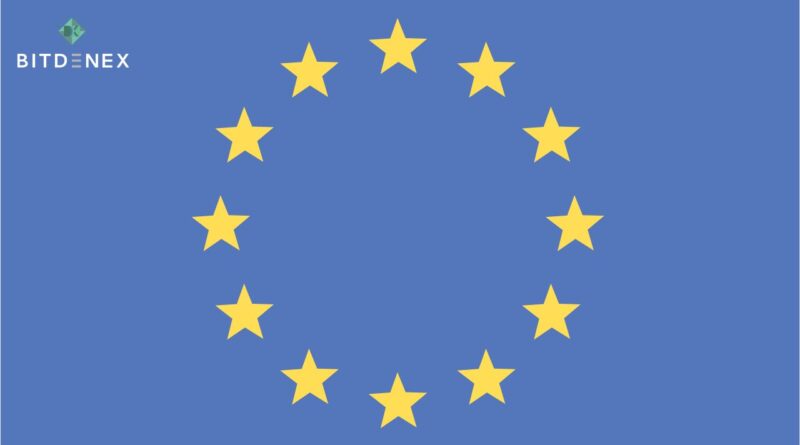European Union begins sorting MiFID-regulated securities out of crypto assets
MiCA was approved in 2022, but several parts are still being worked on. Defining a financial instrument is a large open subject. On January 29, the European Securities and Markets Authority (ESMA) issued two consultation papers regarding its mandate to provide standards and guidance for implementing the Markets in Crypto-Assets (MiCA) law. The papers investigated whether reverse solicitation and cryptocurrency assets qualified as financial instruments. Reverse solicitation is the term used by European regulators to describe the activity of a potential consumer asking a corporation for crypto asset services. An exemption to the MiCA framework enables third-country crypto asset enterprises to service European Union clients solely through this channel.
“Third-country firms may not solicit clients in the Union as they are not authorized to provide CASP presumably, crypto-asset service provider services in the Union,” according to the report. However, if “the client at its own, exclusive initiative contacted the firm and requested the service, the third-country firm may provide it.” ESMA sees reverse solicitation as only a narrow exemption for third-country firms: “ESMA and national competent authorities will take all necessary measures to actively protect European Union (EU)-based investors and MiCA-compliant crypto-asset service providers from undue incursions by non-EU and non-MiCA compliant entities.”
The ESMA provided advice for national regulators based on the Markets in Financial Instruments Directive 2014 (MiFID II), which includes comparable rules. The standards target several direct solicitation approaches, including online banner marketing, sponsorship arrangements, and influencer and celebrity endorsements. The principles also apply to follow-up services provided by CASPs in third countries. The deadline for comments is April 24, 2024. ESMA is also asking for feedback on “the conditions and criteria for the qualification of crypto-assets as financial instruments.” A financial instrument is a monetary contract. A crypto asset that qualifies as a financial instrument will be regulated under MiFID II rather than MiCA.
MiFID did not provide a general definition of financial instruments. It includes examples of financial products in an annexe for advice, which has resulted in a lack of national harmonization. “This absence of a common definition and shared criteria applicable to all financial instruments makes it more difficult to adopt a holistic approach in these draft guidelines,” the report said. It went on to say: “The assessment as to whether a crypto-asset should be considered a financial instrument should however remain a case-by-case exercise and the guidelines are only meant to promote convergent practices in this context.” To be regarded a financial instrument, a cryptocurrency asset must be classified as a transferable securities, a money-market instrument, a unit of a collective investment undertaking, a derivative contract, or an emission allowance. Comments are due by April 19, 2024. In October 2022, the European Parliament passed MiCA with overwhelming support.
Buy and sell crypto in minutes with 0.20% trading fees at Bitdenex Exchange.

